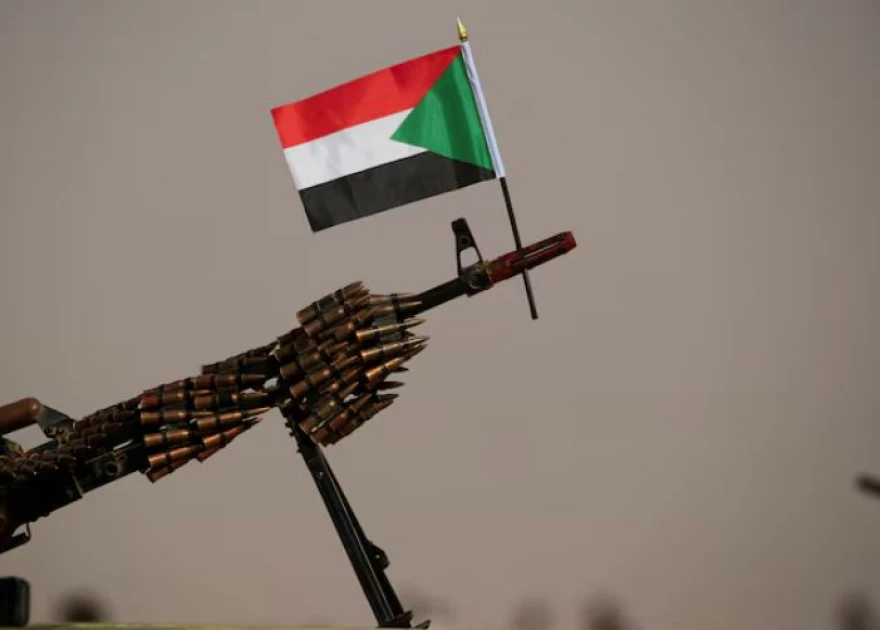Sudan’s humanitarian crisis has taken a devastating turn as displacement surges in El-Fasher, the capital of North Darfur, amid intensified attacks by the Rapid Support Forces (RSF). According to a new report by the United Nations, more than one million people have fled the city since the civil war began, with the exodus accelerating sharply in recent months.
The International Organization for Migration (IOM) revealed on Sunday, October 5, 2025, that the number of internally displaced persons (IDPs) sheltering in El-Fasher has dropped by 70 percent from about 699,000 in March to just 204,000 in September. Overall, the city’s population has declined by 62 percent, from 1.11 million before the war to 413,454.
This sharp decline follows the Sudanese Armed Forces’ (SAF) recapture of Khartoum in late March 2025. The RSF, having lost control of the capital, has since shifted its focus to Darfur, seeking to consolidate territorial gains. El-Fasher remains the army’s last major urban stronghold in the region, making it a critical battleground.
April 2025 was among the bloodiest months of the conflict, with nearly 500,000 people displaced in a single incident from the Zamzam IDP camp. The escalation has compounded what the UN describes as the world’s largest humanitarian crisis.
Beyond Darfur, the violence has triggered a mass exodus into neighbouring countries. Egypt and Chad continue to bear the brunt of refugee inflows, with cross-border movement into Chad rising by 45 percent in 2025 to reach nearly 1.2 million people.
For those unable to flee Sudan, internal displacement remains the only option. In the nearby Tawila locality, the IDP population has more than doubled from 238,000 to 576,000 in just six months, underscoring the deepening displacement catastrophe gripping Sudan.

